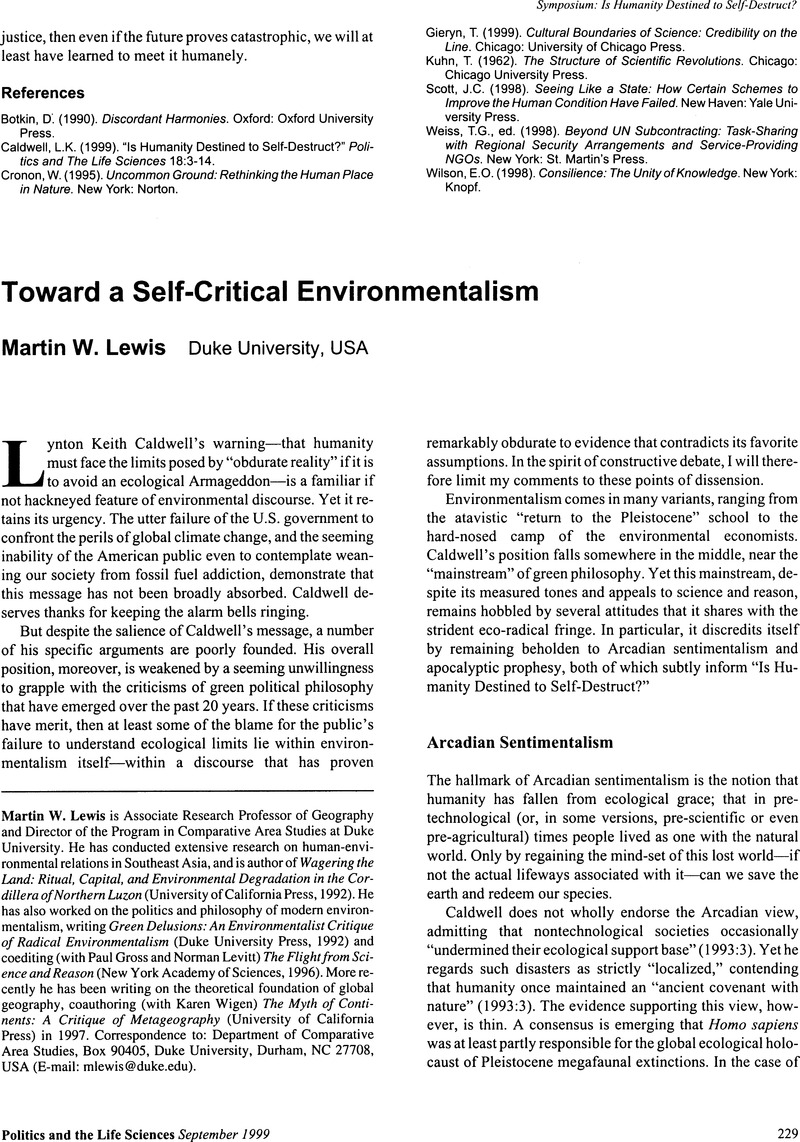Crossref Citations
This article has been cited by the following publications. This list is generated based on data provided by Crossref.
Veldman
2012.
Narrating the Environmental Apocalypse: How Imagining the End Facilitates Moral Reasoning Among Environmental Activists.
Ethics and the Environment,
Vol. 17,
Issue. 1,
p.
1.
Johnson, Jenell
2020.
The End of the World, The Future of the Earth: Bioplurality and the Politics of Human Extinction.
Journal for the History of Rhetoric,
Vol. 23,
Issue. 1,
p.
30.
Johnson, Jenell
2020.
The End of the World, The Future of the Earth: Bioplurality and the Politics of Human Extinction.
Journal for the History of Rhetoric,
Vol. 23,
Issue. 1,
p.
30.



